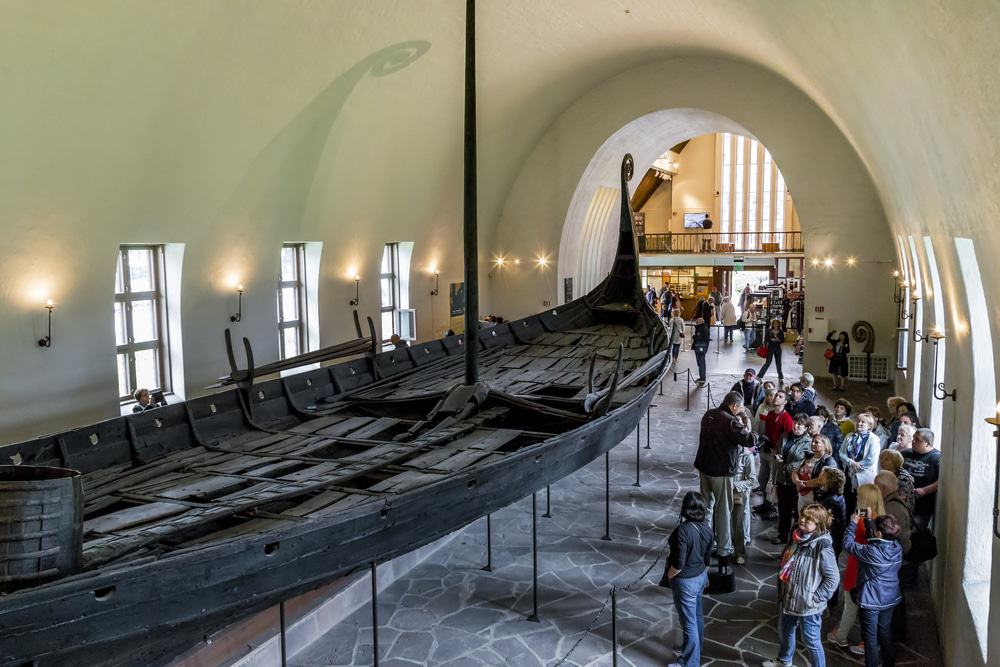Hello ladies and gents this is the viking telling you that today we are talking about



OSLO
Viking Ship Museum

An arm of the University of Oslo’s Cultural History Museum, the Viking Ship Museum has jaw-dropping finds from four different Viking burial sites around the Oslo Fjord. The museum is on the Bygdøy Peninsula and shines thanks to the Oseberg Ship. This 9th-century burial ship was excavated in 1904-05 and is like new as it had been encased for all that time in watertight and airtight mud.
No less exciting are similar ships from Tune and Gokstad, together with all the artefacts found buried with them like beds, small boats, a complete cart, tent components, wood carvings, textiles and other treasures brought to light in Viking graves. As you go, the film Vikings Alive is projected onto the walls and ceiling, adding context on Viking burial rituals.
Akershus Fortress

Raised by Haakon V of Norway at the end of the 13th century, this fortress on a headland by the fjord has withstood every siege it has faced.
Nearly all of these were conducted by Swedish forces, whether it was Duke Eric of Södermanland at the beginning of the 14th century or King Charles XII in 1716. The surviving design is from the reign of King Christian IV, who moved the whole of Oslo just to the north of the fortress after a fire in 1624. He modernised the defences and built a palace in the Italian Renaissance style at its heart.
In the 18th and 19th centuries the fortress was a prison, and inmates included the infamous criminal and memoir-writer Gjest Baardsen. Visit in summer, when guided tours are given of the palace and the enclosing bastions and ramparts.
Mathallen Food Hall

A cornerstone of Oslo’s food scene for more than five years, the Mathallen is a big brick industrial building with more than 30 restaurants, bars, street food vendors and speciality food shops inside.The building went up in 1908 as an iron forge as part of the burgeoning Vulkan industrial district.
The cast iron beams and bare brick walls are an evocative stage for international dining, culinary festivals, movie and quiz nights and food-oriented experiences like cookery classes, competitions and demonstrations. At lunch the food selection is ultra-international and has Basque pintxos, handmade pizza, contemporary Nordic cuisine and street food from all over the world.
I hope you liked this post and as always have a chilled day from the Viking
I definitely have to go here
ReplyDelete